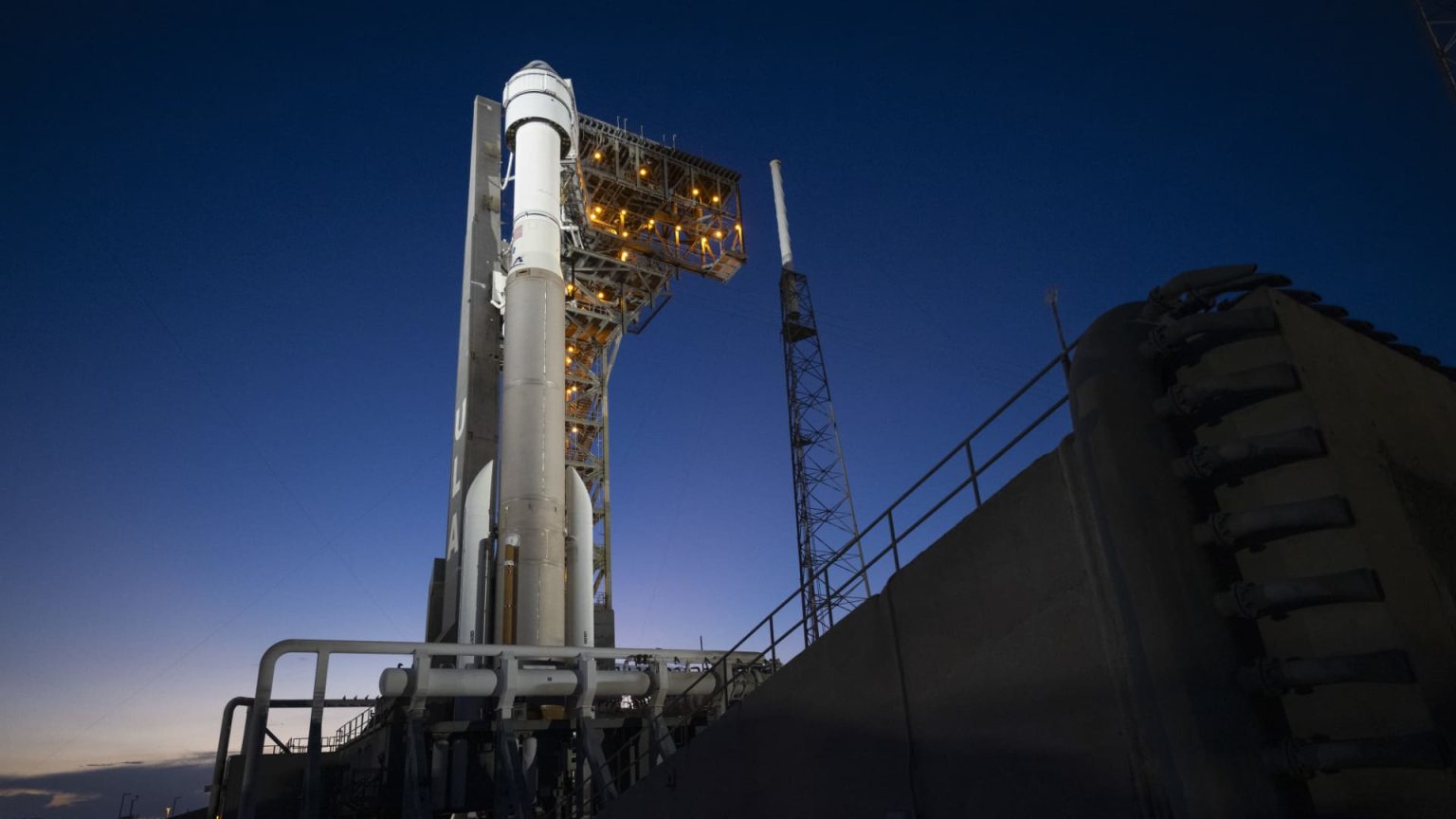Boeing and NASA are continuing with plans to launch the company’s Starliner capsule, which is set to carry U.S. astronauts for the first time, despite a “stable” leak in the spacecraft’s propulsion system. The vice president of Boeing’s Commercial Crew program, Mark Nappi, stated during a press conference that the causes of the leak have been identified and can be managed, making it not a safety of flight issue. The target date for the first crewed launch of the spacecraft is June 1, with backup opportunities on June 2, June 5, and June 6. This mission, known as the Starliner Crew Flight Test, aims to deliver NASA astronauts to and from the International Space Station before regular missions take place.
The debut of Starliner’s crew has been delayed for years, with SpaceX’s Dragon capsule already flying astronauts for NASA. Boeing has incurred significant costs due to setbacks related to Starliner, in addition to funds from NASA for development. A launch attempt on May 6 was called off due to an issue with the Atlas V rocket, which will carry Starliner into orbit. The problematic valve on the rocket was replaced a week later. Subsequently, a small helium leak was identified in the Starliner capsule, prompting new assessments of its safety for the upcoming mission.
A seal in one of the flanges of the spacecraft’s helium propulsion system is believed to be the source of the leak, according to NASA and Boeing after analyzing the issue. Steve Stich, NASA’s Commercial Crew Program manager, stated that the team has observed that the leak rate has not changed post the May 6 postponement. The plan moving forward is to monitor the leak leading up to launch and reevaluate it after reaching the International Space Station. Stich mentioned that NASA has flown vehicles with small helium leaks in the past, including missions with the Space Shuttle and SpaceX’s Dragon, and expressed confidence that the other seals will not leak.
Another review is scheduled for May 29 to analyze the leak further before rolling out the rocket and capsule to the launch pad on May 30 for the June 1 launch attempt. Despite the challenges, NASA, Boeing, and ULA remain hopeful and are working collaboratively to ensure the safety and success of the upcoming Starliner Crew Flight Test mission. The team is committed to addressing and resolving any issues that may arise to make this crucial final development test a success. Stay tuned for updates on the progress of Starliner’s launch and its impact on the future of commercial crew missions to space.


